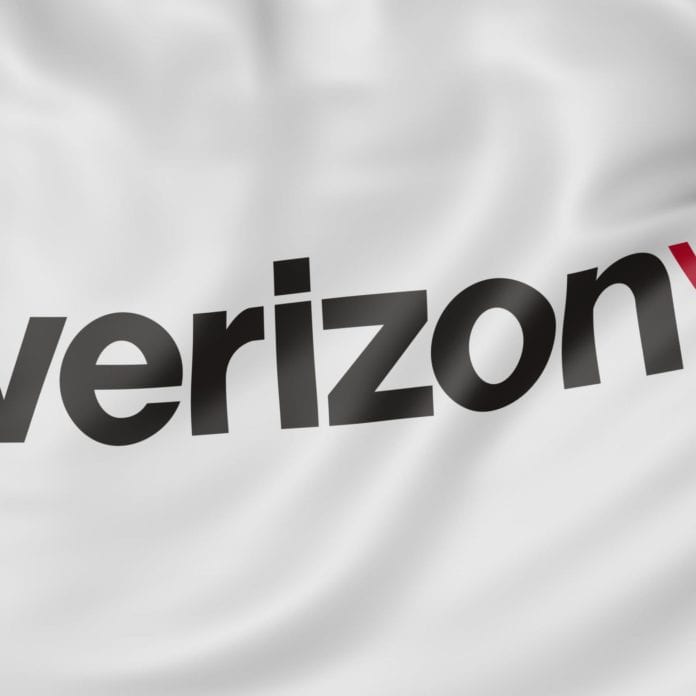A fragmented ecosystem and sheer complexity are major challenges to IoT
In a wide ranging discussion with RCR Wireless News, Verizon VP of IoT Connected Solutions Mark Bartolomeo shared the carrier’s outlook on the internet of things, shared insight into the company’s IoT-related acquisition strategy and hit on fragmentation and complexity as hold-ups to IoT adoption.
This week Verizon announced its acquisition of drone management outfit Skyward, which targets enterprise customers with its drone operations management solutions. Last year Verizon bought fleet management firms Telogis and Fleetmatics, and also purchased smart lighting specialist Sensity.
“If you think about IoT,” Bartolomeo said, “we can talk about all these solutions, but…it all comes down to one common element and it’s asset management. People adopt IoT for the sole purpose of improving asset efficiency, utilization and availability. When we look out at markets where there’s huge need to improve asset efficiency and asset utilization, there’s a couple different markets that really hit home.”
Specific to enterprise fleets, “It’s probably the most expensive asset most companies have…and it’s also one of their most important assets in terms of delivering the best customer experience. We want to be in those spaces. We want to bring our scale.”
While Verizon has focused on cellular-based IoT technologies to leverage its huge network footprint, Bartolomeo said there’s room in the market for LPWAN providers. “It’s a huge market with a lot of different use cases and a lot of different buyer attitudes, so there’s opportunity for the low power service providers in the niche markets. That’s fine. It’s a big market. I think the second element is that if I was to look at low power networks and devices three years ago, it was extremely compelling. Today, when I look at those same devices compared to things like GSMA, narrowband-IoT or Cat M1 costs, you’re really at a parity that potentially you weren’t several years ago. The large global carriers invest heavily in R&D and they’re well aware of what the competition is doing in the marketplace to compete. The third piece is national carriers like Verizon have massive network assets where today we cover 95% of the population of the U.S. We cover 2.8 million square miles of the U.S. For Its’ going to allow you to enter underperforming markets. That’s where we really see advantages in the marketplace for commercial LTE networks.”
Asked what the carrier will focus on in 2017, he said: “I think there’s a couple of issues that are really top of mind when we think about 2017. Number one is privacy and security…ensuring that we’re protecting information and we’re providing the appropriate informed consent. I think the second piece of this is data analytics. Part of reducing complexity is how we deliver information to our customers. I need to be able to deliver information that our customers can actually execute against and that requires predictive and prescriptive analytics. People don’t want just data, they want information.”
He also hit on transportation as an area that the IoT could totally reshape, giving the example of urban commuters using multi-modal transportation–think driving your car to a train station, and hopping off the train and into an Uber to cover the last mile into the office.
Bartolomeo explained that automotive OEMs “today are moving into the space. It’s less about the physical automobile, but delivering mobility as a service, and how do you deliver that mobility as a service seamlessly, integrated and contextually aware.”

